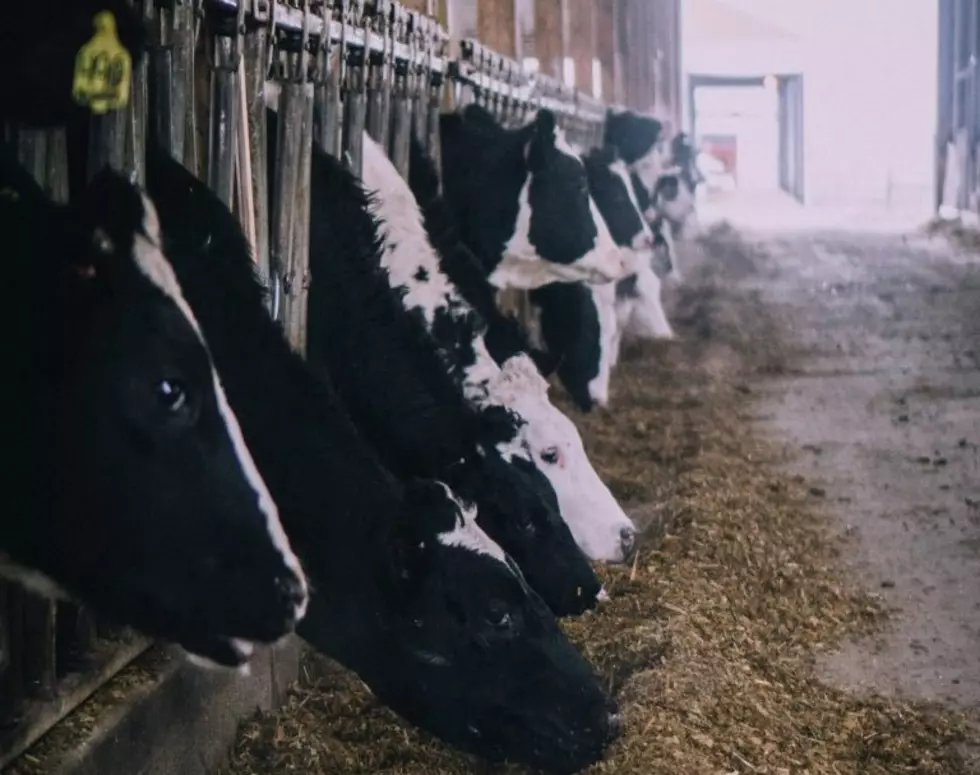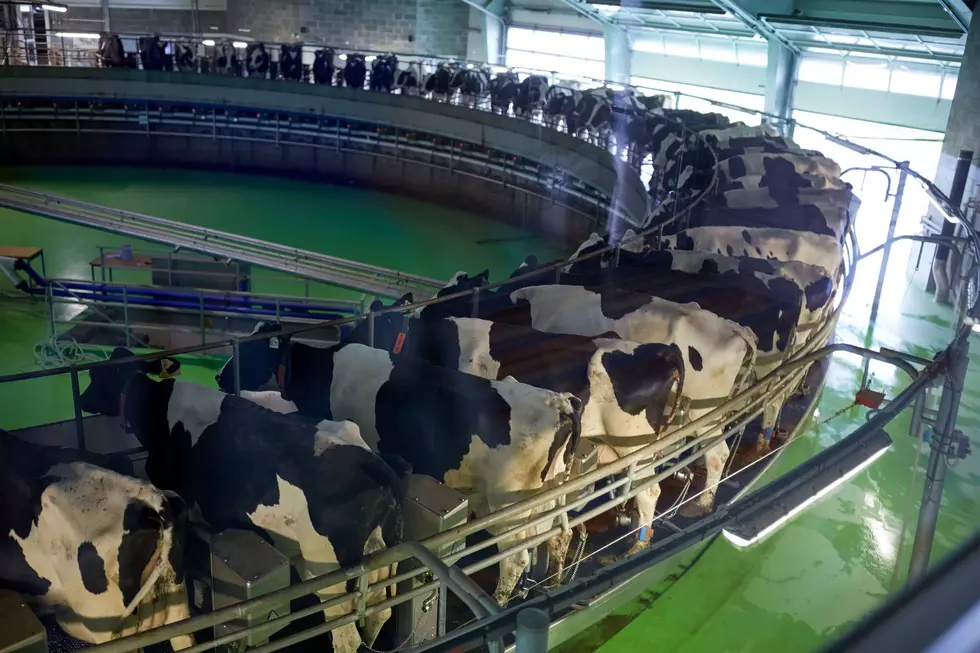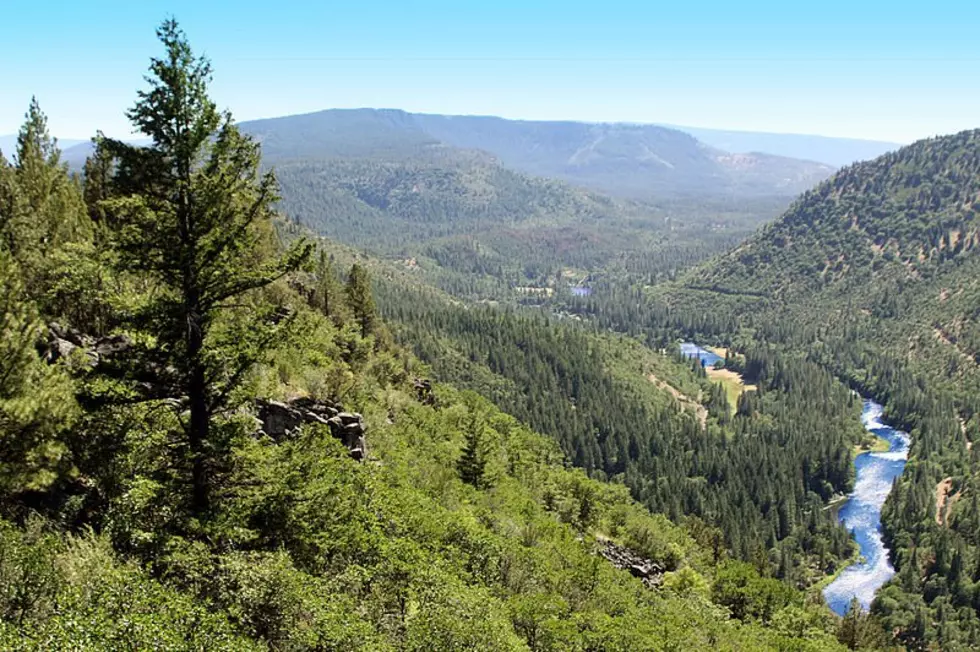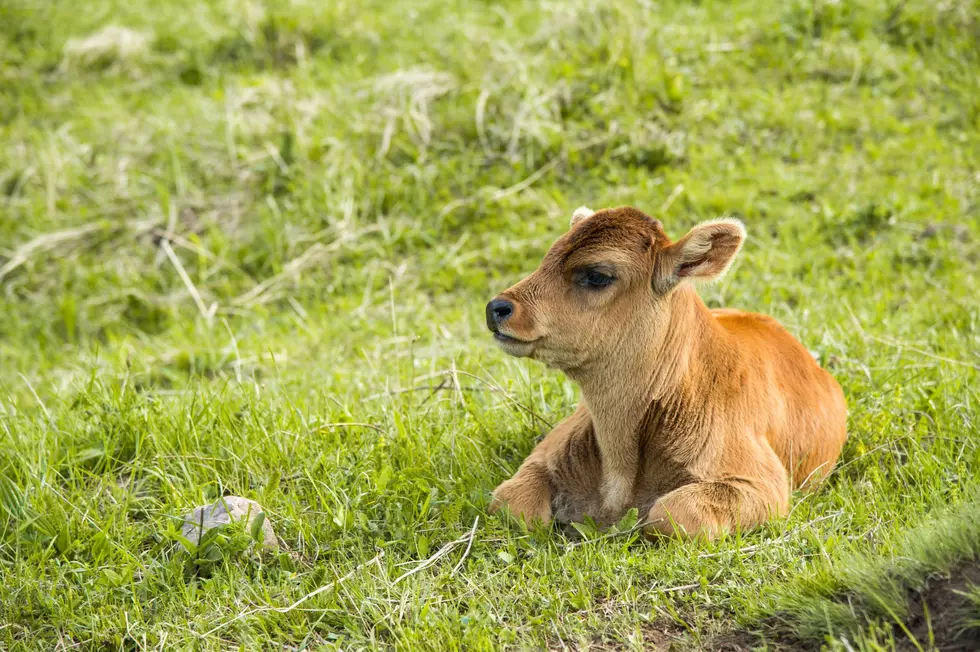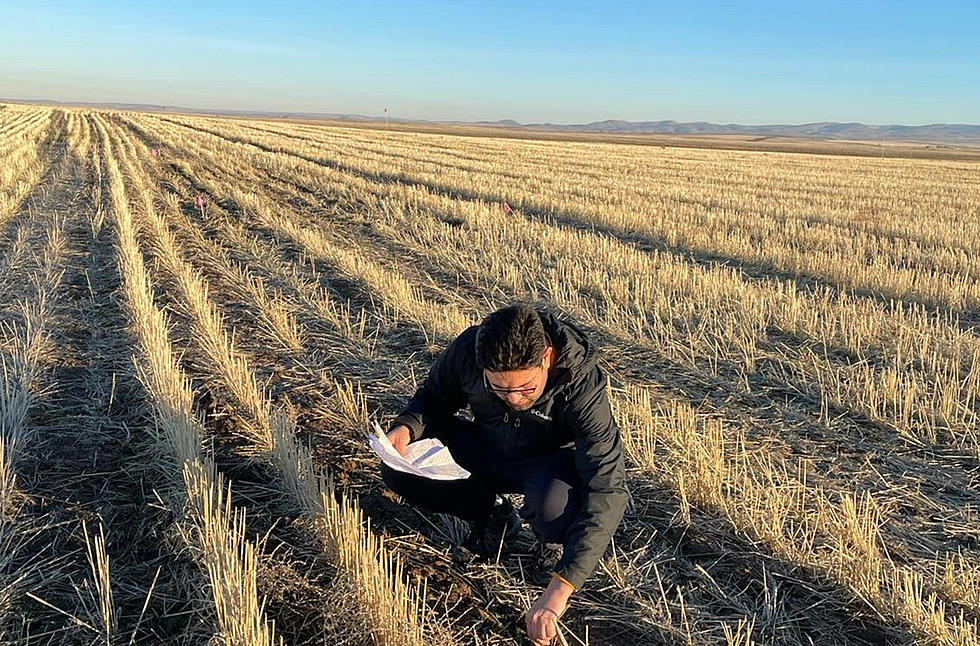
OSU Study: Solar Panels Can Help Farmers
Oregon State University scientists have found a resource that can increase Ag production on dry, unirrigated farmland; solar panels. In a recently published study, OSU’s College of Ag reported that grasses favored by sheep and cattle thrive in the shade of a solar array. OSU’s Chad Higgins said the biggest benefit is the panels remove the amount of light that makes it to the grasses.
“Actually, the water use of a plant is directly proportional to the amount of light you give them. So, if you give pasture grass more and more light it will use more and more water, but there are diminishing returns on how much grass will be produced, so at some point you reach this quantum limit that the plants can’t convert more energy.”
Higgins noted the panels are not beneficial in wet climates. He said some technical issues still need to be overcome if growers want to use this model on more profitable commodities, such as row crops can be used. Higgins said one of the biggest challenges is the layout of the solar arrays, which currently prohibits the use of implements and large equipment.
“The current structure of the arrays, they’re actually optimized for the solar output, so what we’re investigating is how you actually put farming first in the thought process, design your solar arrays so you can actually manipulate the sunlight and manage the sun as a resource to the farm, so you can make the right climate conditions on the ground for the crop you want to grow. That’s where we’re going with this.”
If you have a story idea for the Washington Ag Network, call (509) 547-1618, or e-mail gvaagen@cherrycreekradio.comadded
More From PNW Ag Network
